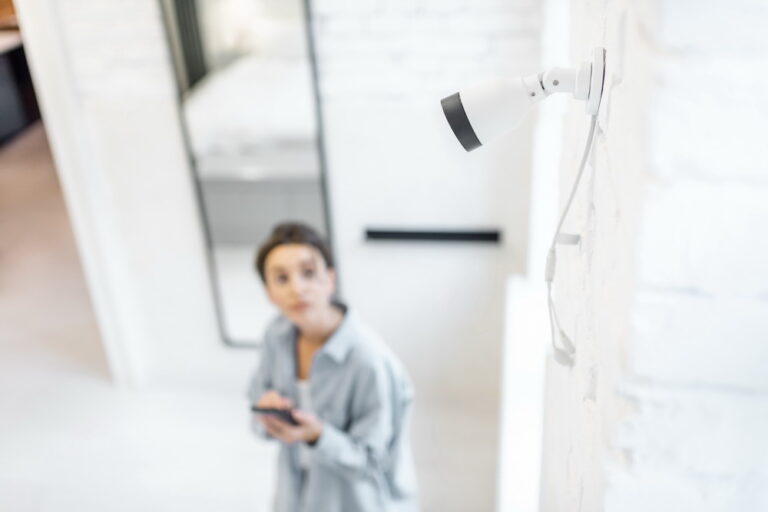Home security’s technological evolution has led to all sorts of fantastic security devices not available to homeowners 30 and 40 years ago. Take video cameras, for example. Modern cameras are often designed to be motion sensitive. Some have built-in audio systems for two-way communication. It is amazing what you can do with a camera these days.
For the purposes of designing a robust home security system, there are two types of cameras: indoor and outdoor. Both play valuable roles in keeping homes is safe. If you are planning to invest in home security, are you also planning to include a couple of indoor cameras?
Indoor cameras are pretty simple from a functional standpoint. However, not all cameras are made equal. There are some important things to know about them before you start buying.
Four Types of Indoor Cameras
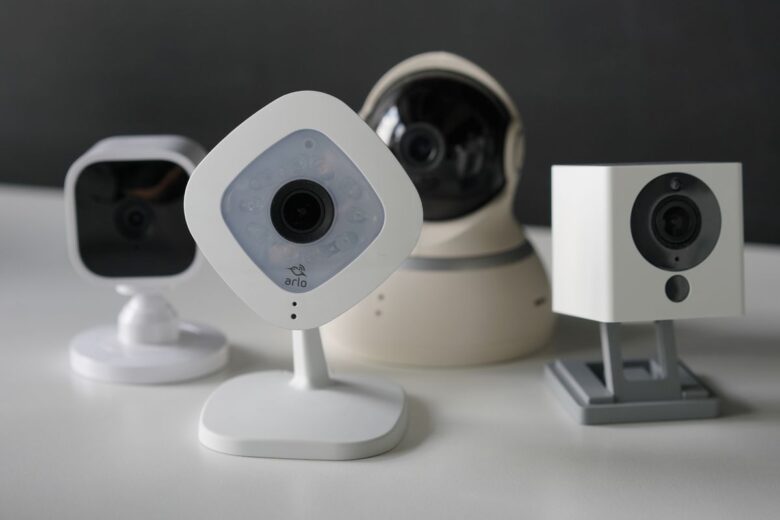
The place to begin is understanding that there are four basic types of indoor video cameras. You might want just one type. You might want more than one. It depends on what you are trying to accomplish with your surveillance strategy.
The four types of cameras are:
- Closed Circuit – Closed circuit cameras are hard-wired to both the electrical system and a surveillance or monitoring system. While closed-circuit cameras are still common in commercial environments, they are rarely used in residential settings these days.
- Wired – A wired security camera is one that gets its power from a standard AC outlet. It connects to the main security hub over your wi-fi network.
- Wireless – A wireless security camera operates on battery power. It also connects to the security hub over wi-fi.
- Hidden – A hidden security camera is designed to facilitate stealth surveillance. It may be small enough to hide in a plant or on a bookshelf. It might be disguised to something else – like a clock or lamp. Hidden cameras can be both wireless and wired.
Wireless cameras are the preferred option for companies that build home security packages for customers. But as previously mentioned, you can purchase multiple types of cameras for your system. Interior camera choices are partially determined by your home security goals.
Different Camera Features
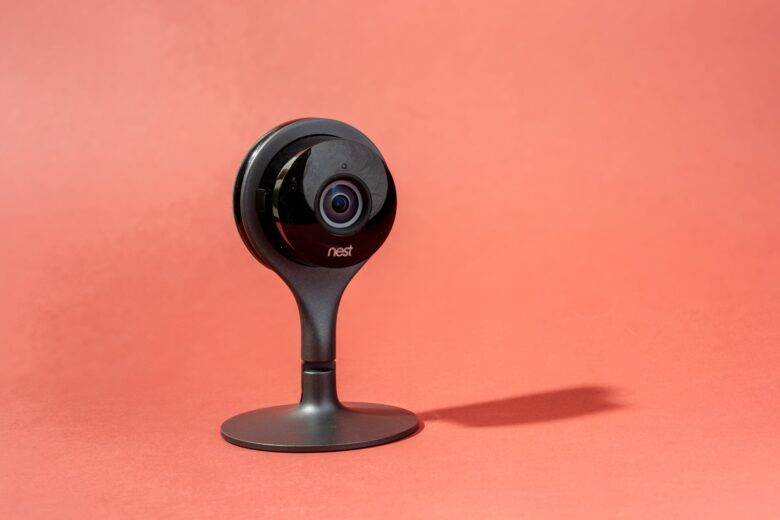
For a lot of homeowners, the type of camera is less important than the features it offers. Needless to say, there is no shortage of features manufacturers are willing to look at. The more features, the more money you will pay. As for what those features might be, Vivint’s complete guide to indoor cameras mentions a number of them:
- Recording Capabilities – Some interior cameras are capable of recording action separate from transmitting images to a monitoring station. They have on-board SD cards for storing captured video.
- Live View Capabilities – It is important to some homeowners to have cameras with live view capabilities. In other words, they want to be able to monitor video feeds in real time.
- Motion Detection – In order to save on electricity and storage space, some indoor cameras do not run 24/7. Instead, they rely on motion detection to activate them when necessary.
- Night Vision – Night vision is not just for military or law enforcement applications anymore. Now, any homeowner can buy cameras with night vision technology built in.
- Audio Capabilities – Having a camera with audio capabilities adds an extra layer of security. With on-board audio, not only can you hear what is going on, but you can also communicate with any person within the camera’s field of vision.
- View Adjustments – Cameras with static views are better than no cameras at all. But cameras offering adjustable views are better. The best allow you to adjust zoom, pan, and tilt to find the perfect shot.
- Privacy Settings – It is important to some consumers to be able to remotely enable and disable recording capabilities. This is essentially done for privacy reasons. There may be times when you do not want your camera recording or broadcasting live views.
There are certainly more features than those on the above list. Here is the point: you can go crazy trying to find cameras that include all the possible features. Your best bet is to prioritize. If you can find a camera that offers the top three or four, you are in good shape.
Determining Camera Placement
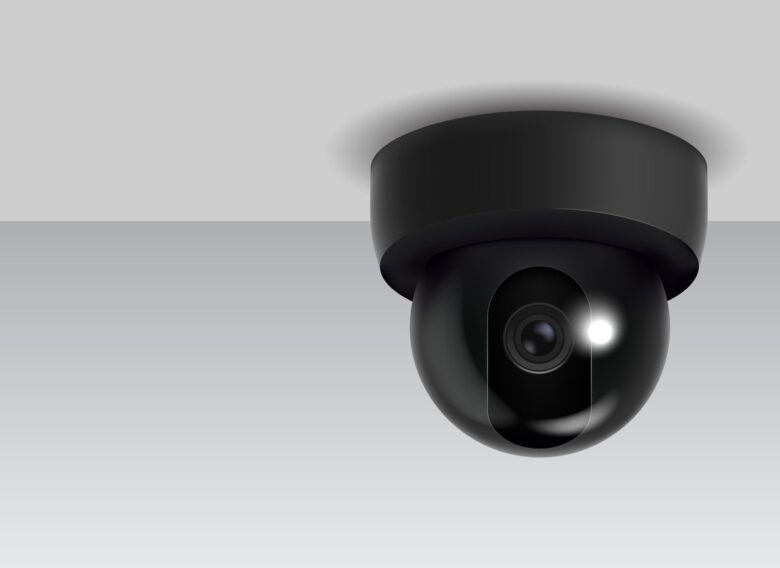
One important thing you should decide before you buy is camera placement. Why? Because placement might partially determine how many cameras you actually purchase. There is no point in buying more cameras than you need. Likewise, buying too few means less than optimal coverage.
A standard rule of thumb is to place at least one camera in a location that gives clear view of the front door. This is for security purposes. Most home intrusions take place through the front door, so having a good view of it is important. From there, what else do you want to accomplish?
Maybe you want a camera that will let you keep an eye on the kids when you are not at home. A single camera placed strategically in the family room might also give you a view of the kitchen. If not, you may want cameras in both rooms.
If one of your goals is to keep an eye on the sitter, you might want a camera in the baby’s bedroom as well as one in the family room. Placement and surveillance goals will tell you how many cameras you need as well as the types of cameras you should be investing in.
Call in a Professional
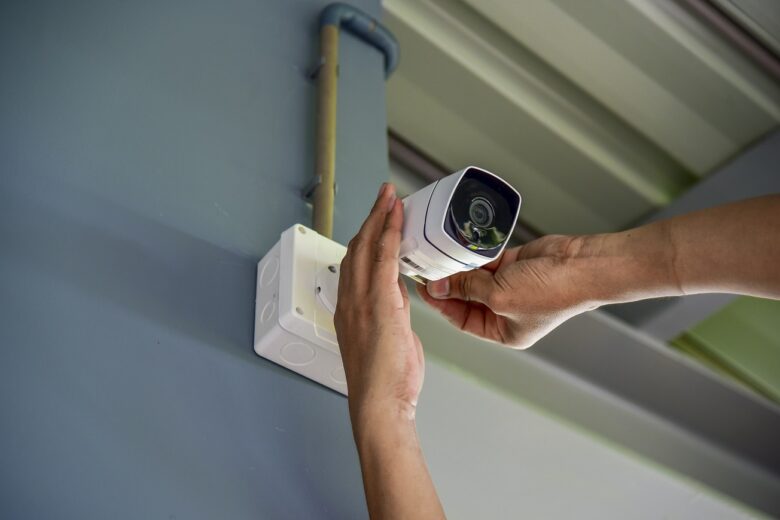
Video cameras and home security systems can be confusing. There are so many options that it is easy to get lost in them all.
If you find yourself in that situation, no worries. Call in a professional. You will get sound advice from a trained expert who can help you design the perfect camera installation.
When you get all done with your indoor cameras, you can start thinking about outdoor surveillance. But that is a different topic for another time. You already have enough to think about.

